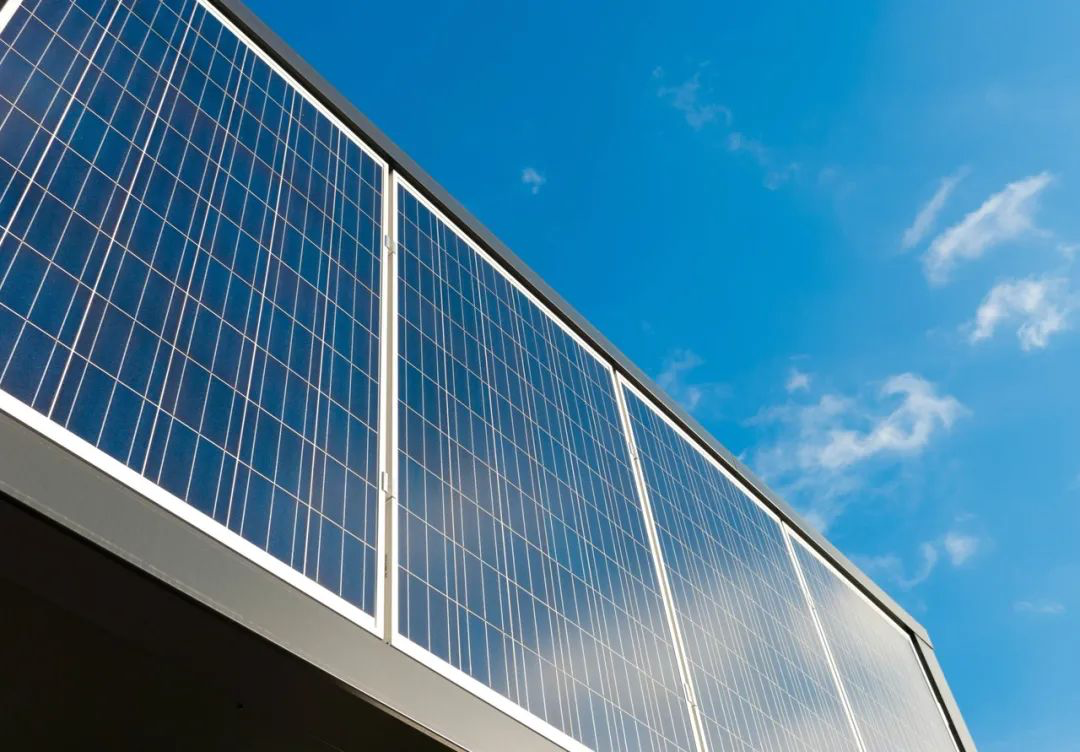

The Versatility and Benefits of 6mm Tempered Glass
When it comes to modern architecture and interior design, the choice of materials plays a crucial role in both aesthetics and functionality. One such material that has gained immense popularity is tempered glass, particularly the 6mm thickness variant. This article explores the benefits, applications, and manufacturing processes associated with 6mm tempered glass, highlighting its significance in the contemporary world.
Understanding Tempered Glass
Tempered glass is a type of safety glass that has been thermally treated to enhance its strength. The process involves heating the glass to approximately 600 degrees Celsius and then rapidly cooling it. This method not only increases the glass's strength but also allows it to withstand thermal stress much better than regular glass. When broken, tempered glass shatters into small, blunt pieces, which greatly reduces the risk of injury.
Why 6mm Thickness?
The 6mm thickness of tempered glass offers a perfect balance between sturdiness and weight. It's thick enough to provide solid structural integrity while remaining lightweight enough to be handled easily during installation. This flexibility makes it a favored choice for a variety of applications, ranging from residential to commercial use.
Applications of 6mm Tempered Glass
One of the most common applications of 6mm tempered glass is in the construction of shower enclosures. The glass provides a sleek, modern look while also delivering safety and durability. It is easy to clean and maintain, thus contributing to a hygienic environment—a crucial factor in areas exposed to moisture.
Another significant application is in facades and building windows. The aesthetic appeal of 6mm tempered glass makes it an excellent choice for modern architectural designs. It allows natural light to penetrate while offering UV protection and thermal insulation. Additionally, its strength enables it to withstand wind pressure and impact, making it suitable for high-rise buildings.

Retail environments also greatly benefit from the use of 6mm tempered glass. It is commonly used in display cases and storefronts, as the transparency of the glass draws customers in. The added safety provided by the tempered glass ensures that high-value merchandise is protected without compromising visibility.
Benefits of Using 6mm Tempered Glass
1. Safety As mentioned earlier, one of the primary benefits of tempered glass is its safety features. In case of a breakage, it shatters into small pieces instead of jagged shards, minimizing the risk of injury.
2. Durability Tempered glass is significantly more durable than regular glass. It is resistant to scratches and impacts, and can withstand extreme temperature fluctuations. This durability makes it an ideal choice for both indoor and outdoor applications.
3. Energy Efficiency 6mm tempered glass can also contribute to energy efficiency in buildings. It reflects heat in the summer and retains warmth in the winter, thereby helping in reducing energy costs associated with heating and cooling.
4. Aesthetic Appeal The clear and polished look of tempered glass adds a touch of elegance to any space. Its versatility in design means it can be used in a variety of settings—residential homes, offices, and commercial spaces alike.
5. Customizability 6mm tempered glass can be cut and shaped according to specific requirements. This customizability allows architects and designers to create unique installations that fit their visions.
Conclusion
The widespread use of 6mm tempered glass across various sectors is a testament to its versatility and practicality. Whether enhancing the modern aesthetics of a home or ensuring safety in commercial spaces, its unique properties make it an invaluable material in today’s construction and design industries. As trends continue to evolve, tempered glass will undoubtedly remain a preferred choice for architects, designers, and homeowners alike, solidifying its place in the future of building and design.